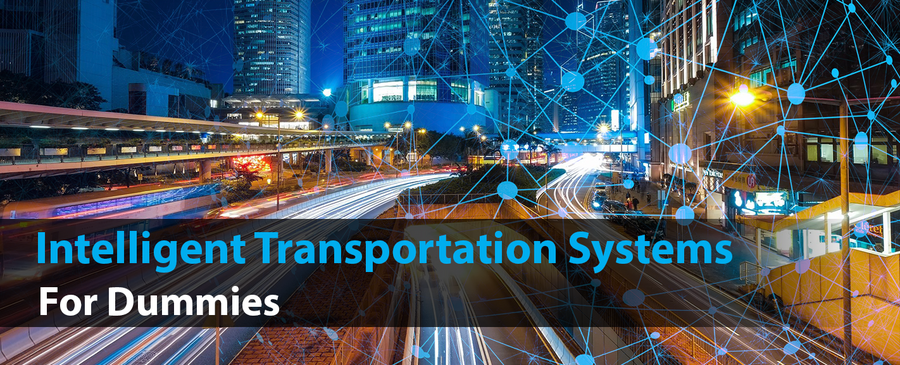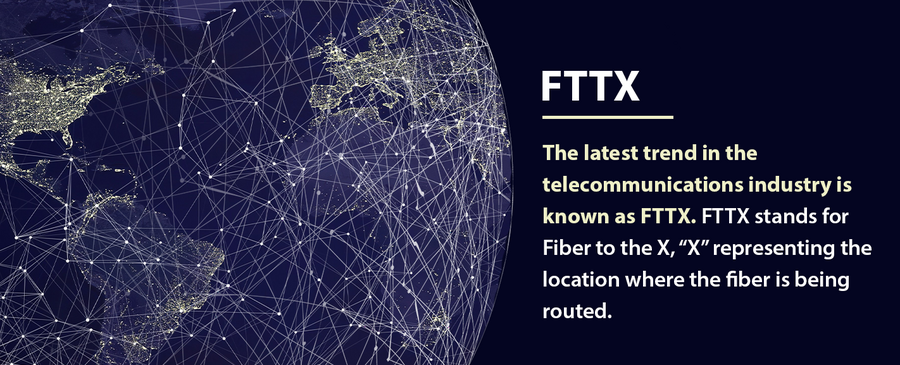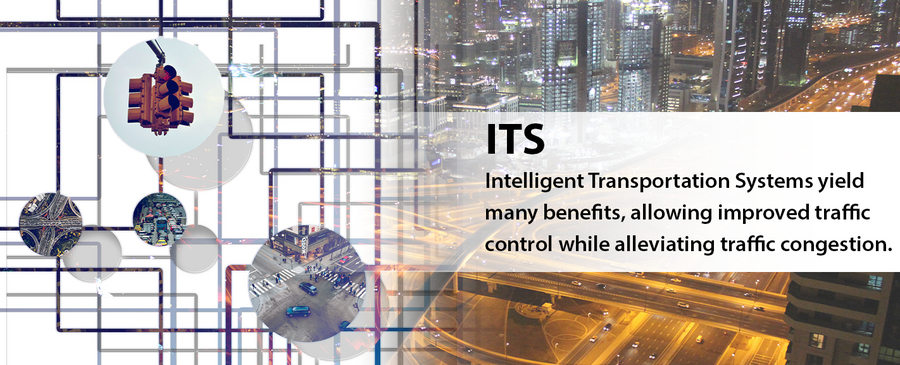{{ quickViewProduct.product_title }}
Stock ID
{{ quickViewProduct.product_stock_number }}
Product Features:
- {{ feature.product_feature_description }}
{{ option.product_option_title }}
{{ value.product_option_value_title }}

The technology sector is now the largest sector of our global market. Through constant innovation and growth, it has integrated into all other sectors. Technological innovation can be credited to the creation of IoT or “Internet of Things”. Since 1970, fiber optic cables have proven to be the most effective and reliable source for communication infrastructures. Because IoT enables devices to effectively communicate, integrating IoT with other sectors enables them to become more efficient and cost-effective. As a result of technology finding its way to the transportation sector, Intelligent Transportation Systems (ITS) have formed. Every aspect of ITS involves technology and the connectivity of that technology to devices and/or the Internet of Things. For this reason, the telecommunications industry and the transportation industry have become indivisible.

The latest trend in the telecommunications industry is known as FTTX. FTTX stands for Fiber to the X, “X” representing the location where the fiber is being routed to. Some examples are FTTP (Fiber to the premise) or FTTH (Fiber to the home). The technology responsible for transmitting or receiving information over the network will vary depending on what the “X” is. Intelligent Transportation Systems can be thought of as any other “X” application. The technology and the devices within ITS will vary. However, the equipment that creates the networks are generally the same and often standardized.

Intelligent Transportation Systems yield many benefits, allowing improved traffic control while alleviating traffic congestion. ITS devices include dynamic messaging systems, connected vehicle technologies, traffic signals, sensors, smart streets, and much more. Other equipment that enables ITS systems to function properly include remote power management systems, uninterruptible power supplies, power transfer switches, splice enclosures, and fiber termination panels. The use of these devices interconnected with fiber optic cables allows people to have better access to jobs and services while reducing traffic incidents and improving overall transportation efficiency.
Some issues affecting ITS deployment include funding, poor planning, and lack of available fiber infrastructure. All these issues can be mitigated by following these guidelines:
1. Plan your network.
Planning to integrate fiber into your transportation network can be a challenge. Many urban areas have copper infrastructure already in place, this is known as “brownfield”. Newly constructed areas without existing infrastructure are known as “greenfield”. If your current system is brownfield, you will have to decide whether to overbuild the system or deliver fiber to the copper, this type of network is called a hybrid fiber-coaxial (HFC) network. Understanding these basic concepts and what the end goal for your ITS system is, will aid you to effectively make decisions on which type of network topology to build.
2. Do not cut corners, ensure that your equipment is connected properly upon installation.
Ensuring that every step of the fiber deployment is done properly will ensure a much more reliable network. Intelligent transportation systems are responsible for the safety of people. Failing to thoroughly complete all necessary construction and installation processes can cause harm to people and create more congestion in the transportation system.
3. Select a vendor that goes above and beyond.
Quality products, quality service, and support throughout the life of the equipment should all be taken into consideration when deciding fiber products.
4. Perform routine maintenance on your equipment.
Once the network infrastructure is in place, it is crucial to ensure that the network is properly maintained. At a minimum, a quarterly maintenance schedule will reduce the amount of unexpected complications. Although routine maintenance is recommended for fiber networks, it is imperative to prioritize what types of maintenance needs are essential. Many components within an intelligent transportation system are susceptible to failure if they are mishandled. Technician training promotes efficiency and overall reliability.
5. Train your technicians to keep equipment running properly and restoration time low.
Vendor-based training is often recommended when using unfamiliar products.
The technology is here. Now, it is up to us to implement it into our existing infrastructure. Choosing a vendor that offers quality products, quality service, and support throughout the life of the products is essential when deploying fiber to your ITS system. Partnering with a manufacturer of non-proprietary equipment will aid in maintaining competitive pricing and add flexibility to your transportation system.
Remote power management system
Smart Tracker - a hardened, programmable outlet strip that enables power and control of up to 8 devices remotely.Uninterruptible power supply
EP Line-Interactive Series - provides a steady, regulated AC output power to operate traffic signals, camera equipment, and additional applications used in Departments of Transportation and Intelligent Traffic Systems (ITS/Traffic).
EDP Double-Conversion Series - an uninterruptible power supply designed to provide high quality, stable AC power to critical equipment that requires continuous, regulated power.Power transfer switches
Safety Automatic Transfer Switch - has an operating temperature of -37°C to +74°C and provides automatic power source selection, generator capabilities, and alarm reporting via dry contact relays.
Standard Transfer Switch - includes a maintenance bypass switch with an operating temperature of -37°C to +74°C.Splice enclosures
Starfighter Dome Series and Starfighter In-Line Series- The Starfighter enclosures can be installed above or below grade and require no special tools for installation.
Optima™ Series - uses standard connectors thus eliminating the need to stock different lengths of pre-terminated drops, allowing field termination and preventing drop fiber waste.
Fiber Tap Plus™ Series - designed for fiber builds where a hardened connector is the preferred method of drop deployment.Fiber termination panels
Signature Series Rack Mounts - engineered from the ground up with many features and options available. Each rack mount can be customized with up to 288 fiber connections using traditional (and readily available) adapter panels and 144 connections using our patented CT-X cassettes.
Slim Tap - developed for use where a minimal amount of connections are needed and space is limited.Fiber optic cables
Pre-terminated Fiber Assemblies - Options include jumpers, pigtails, and drop cables with standard connectors and adapters (SC, LC, ST, IP) as well as a host of other choices.
For more information on how Multilink can help you establish maintenance routines, train your technicians, or aid in the planning of your rural broadband network contact our team or call 440-366-6966.
Back to Multilog